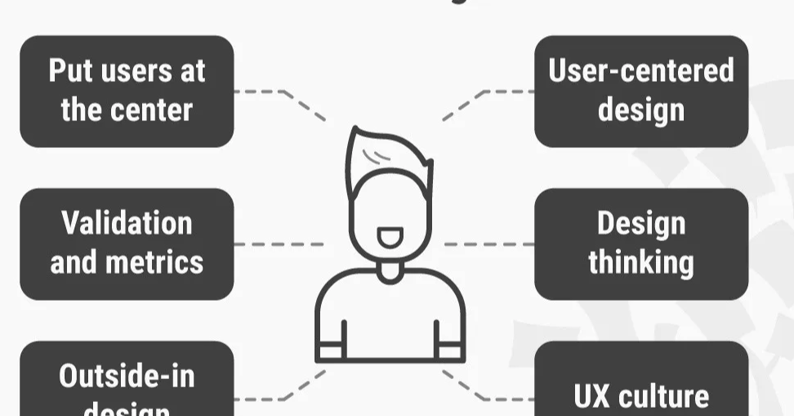GOOD UX
11/12/20233 min read


Characteristics of good user experience
Good design is easy to spot but often hard to pin down. What exactly makes a product effective to its users? Is it a matter of simplicity, structure, or functionality? The answer depends on the product in question.
In the earlier video, “The basics of user experience design”, you were introduced to some primary characteristics of good UX. These characteristics—usable, equitable, enjoyable, and useful—can help you evaluate a product’s design. In this reading, you’ll learn more about each one and why they're important.
If a product is usable, it means the design, structure, and purpose of the product is clear and easy to use. As you evaluate a product for usability, you can ask questions like: Is everything in the design easy to find? Is the design’s functionality easy to understand? Can users accomplish specific tasks within the design? As you evaluate, these questions can help you determine whether the design delivers a usable experience.
Imagine you are evaluating the usability of an airline app. Assuming the primary purpose of this app is to book a flight, the design should provide a clear and easy way to complete that task. For example, a section where you can easily enter travel and flight details on the homepage would be an example of good usability.
If a product is equitable, it means a design is helpful to people with diverse abilities and backgrounds. In other words, the product’s design addresses the needs of a diverse audience and ensures a high-quality experience is delivered to all users regardless of background, gender, race, or ability. Equity means providing people with the tools they need to accomplish their goals and support improved quality of life. Equity goes beyond the concept of equality, where everyone is given equal resources, because people often need different tools and support based on their needs. This is especially important to keep in mind for those in commonly disenfranchised groups. As you evaluate the equity of a product’s UX, you can ask questions like: Are the needs of a diverse group of users considered? Does the product’s design address the needs of traditionally underrepresented and excluded groups? These questions can help you determine whether the design delivers an equitable experience.
Imagine you are evaluating how equitable a social messaging app is. You might consider the design more equitable if the keyboard emoji list includes different skin tones and gender-neutral avatar options.
If a product is enjoyable, it means the design delights the user. The design reflects what the user may be thinking or feeling and creates a positive connection with them. A product’s design doesn’t have to be enjoyable for it to function properly. But, an enjoyable design adds to an already functional product and can enhance the user’s feelings about the experience. As you evaluate how enjoyable a product’s UX is, you can ask questions like: Are there aspects of the design that consider the user’s feelings? Does the design inspire delight in the user? Does the design keep the user engaged throughout their experience? These questions can help you determine whether the design delivers an enjoyable experience.
Imagine you are evaluating how enjoyable a video streaming app is. Design aspects that might increase how much you enjoy the product include personalized recommendations based on previous watching habits, or the ability to customize the appearance of your account.
If a product is useful, that means it solves user problems. In other words, the design intentionally solves a user problem that the designer has identified. It’s important to note that, while similar, useful and usable have different meanings. A product that is useful isn’t always usable. The same is true for the opposite. The distinction between the two is that usability refers to the product working well and being easy to use, while usefulness refers directly to the ability to solve user problems. As you evaluate how useful a product’s UX is, you can ask questions like: Does the design add value to the user’s experience? Does the design solve a problem for the user? Does the design help the user achieve a specific goal? These questions can help you determine whether the design delivers a useful experience.
Imagine you’re evaluating how useful a banking app is. Users typically download these apps because they need a place to manage their money. With this in mind, aspects of the app that might be considered useful are features that can be used to transfer money between accounts and pay bills.
Contacts
mohammedalkendi@gmail.com
(416) 474-7464
